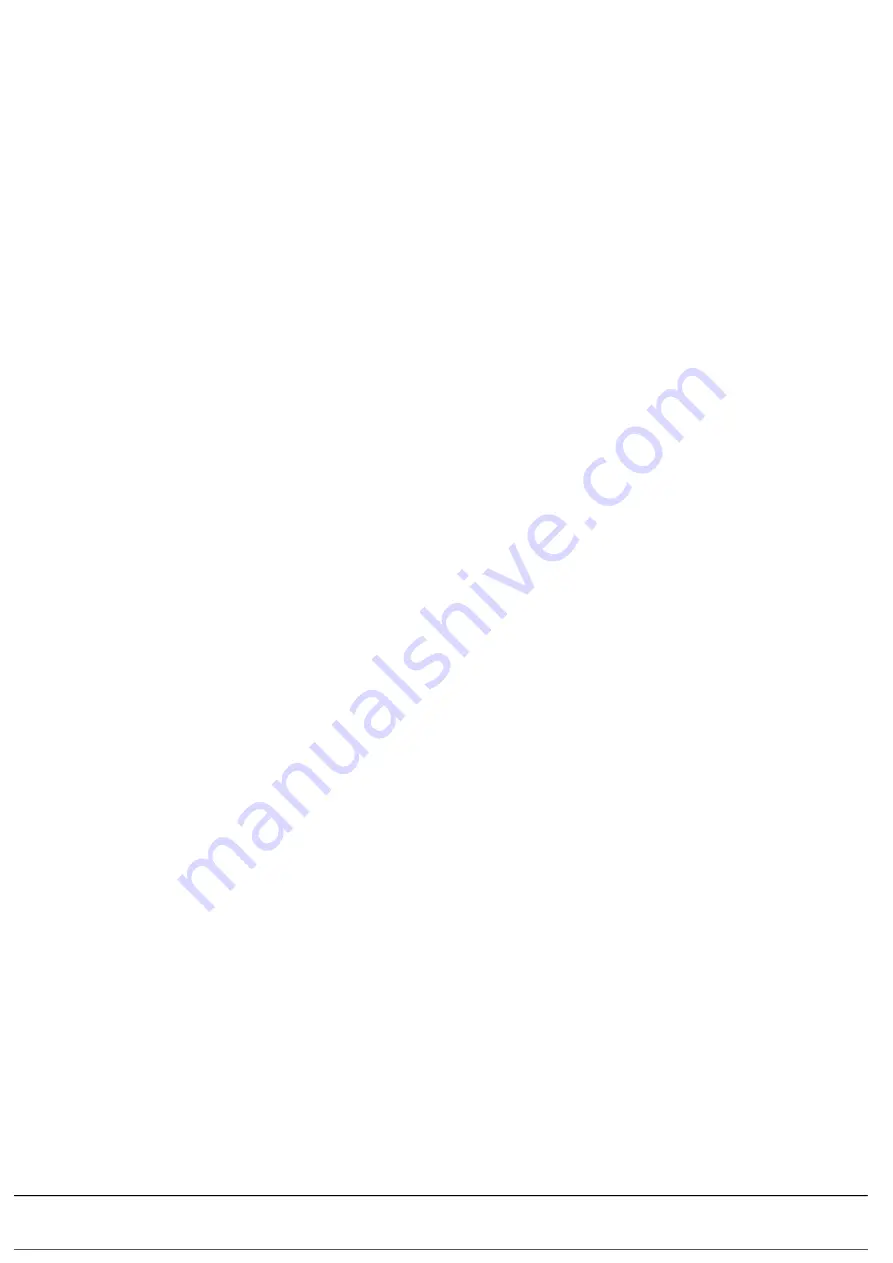
17-06-2014 Page 14 of 14 ARB Copyright 2014
3789276
If you have any queries regarding the installation of this product please contact the distributor from whom it was purchased, or alternatively the ARB office in your state.
Head Office – ARB Corporation Ltd VIC:
42-44 Garden Street, Kilsyth, Victoria, 3137 Tel: (03) 9761 6622 Fax: (03) 9761 6807
WA:
(08) 9244 3553
NSW:
(02) 9821 3633
ACT:
(02) 6280 7475
SA:
(08) 8244 5001
QLD:
(07) 3872 3872
NT:
(08) 8947 2262
TAS:
(03) 6331 4190
Storage of the Tent
1. If the tent is stored on the vehicle for extended periods and is exposed to the elements, it is possible for the tent to
absorb moisture from the air into the canvas fabric. For this reason the tent should be opened periodically and allowed to
air or dry. It is not recommended to store the tent on the vehicle during winter months or periods of extended rain.
2. When storing the tent off the vehicle, ensure the tent is packed away completely dry and kept out of direct sunlight. If
the tent is stored in humid conditions, unzip or remove the travel cover to allow the canvas to breath and dry. It is
recommended to store the tent indoors in a warm, dry environment.
3. Be careful not to drag the tent on the ground. This will damage the cover and allow potential water ingress the next time
you use your rooftop tent.
4. Do not store directly on a concrete floor.
Care Instructions
1. Clean all parts of the tent with cold water and a soft brush only - do not use soap or detergent as these may damage the
coating on the fabric, or cause corrosion to metal and alloy parts. Pay particular attention to remove dirt, bird droppings
and vegetation such as leaves as these can cause the tent to rot when packed away.
2. Clean the travel cover regularly to reduce the effects of acid rain and other air born contaminants. To extend the life of the
PVC cover, regularly treat with a UV protectant such as
„303 Aerospace Protectant‟ or „Armour All Protectant‟.
3. Do not expose any part of the tent to petrol, oil, solvents or similar.
4. Zippers should be cleaned regularly by brushing with a soft brush and wiping with a damp cloth. Zippers that become
stiff to operate may be lubricated periodically with commercially available zipper lubricant or
paraffin wax.
Note: Do not over lubricate as this may attract dust and debris.
5. New poly/cotton canvas may initially experience some weeping through the seams. This will reduce over time as
the fabric cures.
6. Well-worn fabrics may be re-proofed using a good quality waterproofing solution.
7. Always air your tent before and after use to allow any moisture or condensation to dissipate. The travel
cover has welded seams and is near water tight to keep the elements out. As soon as the travel cover is fitted and warms
up in sunlight it can heat any trapped moisture which will create an environment where mould, mildew and rot can set in
quickly.
8. If mould and mildew is found on any part of the tent fabric, allow the tent to dry thoroughly in the sun to prevent it
spreading. Use a soft bristled brush to remove any particles. Mildew remover may be effective but test first on an obscure
part of the tent fabric. DO NOT use any bleach solutions on the fabric as they may discolour the tent and damage the PU
coating on the fabric. The best cure for mould and mildew is to prevent its growth in the first place by ensuring the tent is
packed and stored thoroughly dry.































